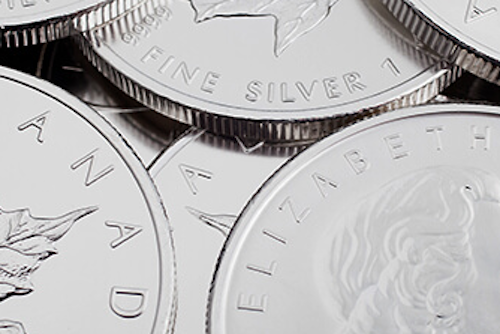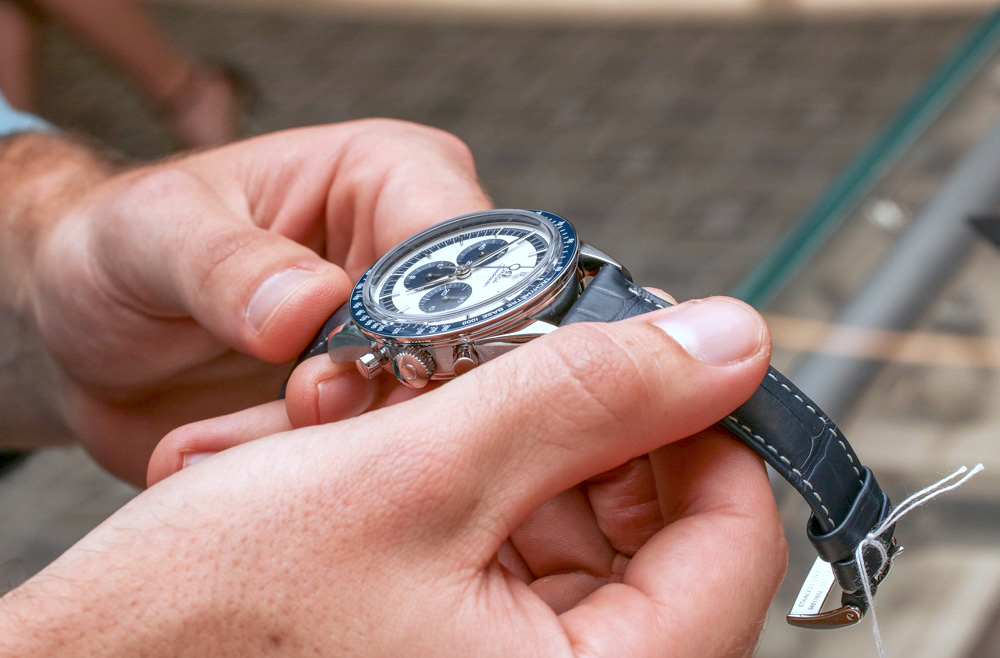
When it comes to antique silver the first step anyone needs to take, whether appraising or valuing, it is to clean it. It may sound strange, however a clean piece of antique silver opens a wealth of information about the object and makes obtaining cash for silver much more straight forward. Pawnbrokers will certainly thank you for it, and images of a clean piece of silver are invaluable to an online pawn shop.
Once cleaned, begin to look for hallmarks or stamps; hallmarks can be found on the reverse of cutlery or the base of candlesticks and salvers. Hallmarks are essential, not only for appraising silver, but for selling too - a silver item cannot be sold unless it has hallmarks, or correct ones for that matter. These are the first things specialists in a silver pawn shop will look for.
The first mark you will nearly always see first is the makers’ mark, which is displayed as the maker’s initials, such as ‘P.S’ for Paul Storr. Next you will see a mark for the fineness, usually ‘925’ for Sterling Silver or a Lion Passant which also denotes 925 purity. On some pieces you will see hallmark of Britannia, which indicates a higher 958 ‘Britannia’ purity.
Following on you will see a hallmark for the location where the object was assayed or stamped. Typical English examples include a leopard’s head for London, or an Anchor for Birmingham. Lastly you will see a hallmark with a letter, these are differentiated by typeface, lower case, or capital, and even punch shape. Our current year, 2020, is sequenced by a lower case ‘V’, in a quadrilateral hallmark with canted corners.
The book “Jackson’s Hallmarks: A Guide to English, Scottish, Irish Silver & Gold Hallmarks” is an invaluable tool in the silver appraiser’s and silver pawnshop quiver. When discussing antique silver, the Five W’s come to mind: Who, What, Where, When, and Why. The is not usually the case when obtaining a loan against coins as they have a bullion value, which is determined largely by its weight. This will certainly be taken into account if you decide to sell your coins.
The last is as important as the first four, as inscriptions or heraldry on a silver object can give more clues about the item and its provenance. Whilst most pieces have a scrap value, recognising key dates or highly sought-after makers, as well as strong provenance, can very well increase the value.
Knowing where to take your silver to be appraised is equally important. Local auctioneers provide independent appraisals as well as dealers, who possess a fountain of knowledge about antique silver. Consulting auctioneers is an important initial step prior to obtaining cash for silver. To learn more about obtaining a loan against coins or selling your coins, please ask us for more information.


 WhatsApp Us
WhatsApp Us


